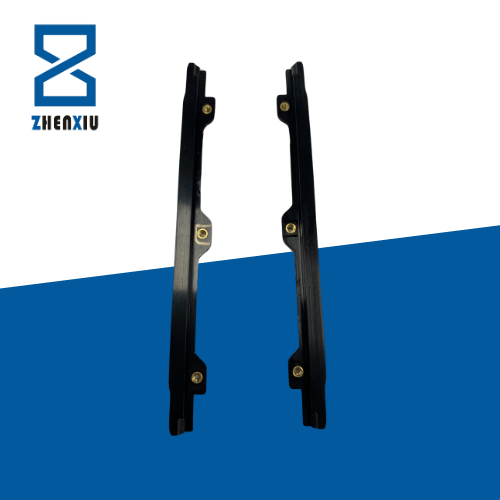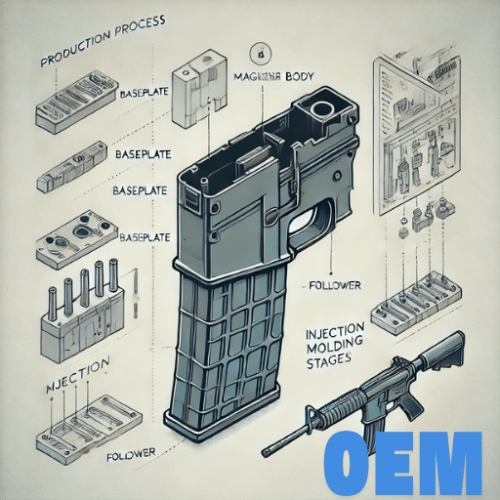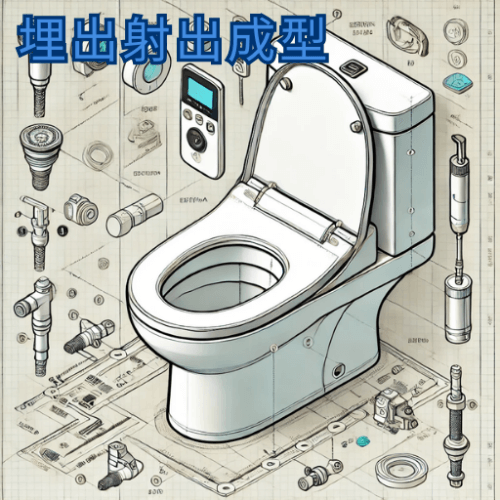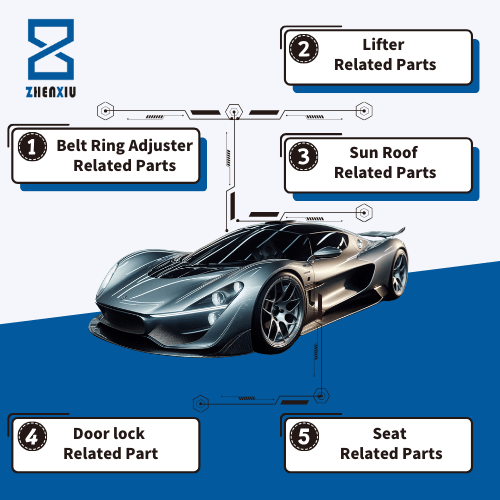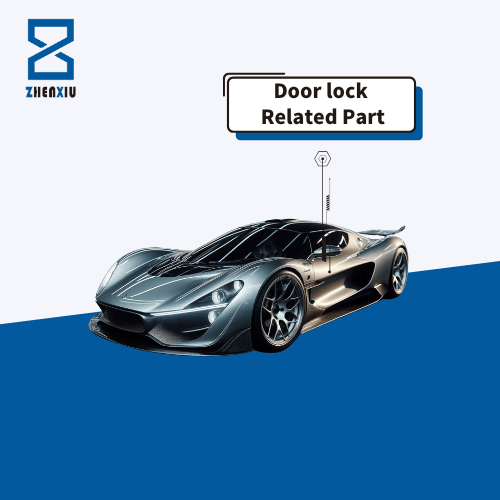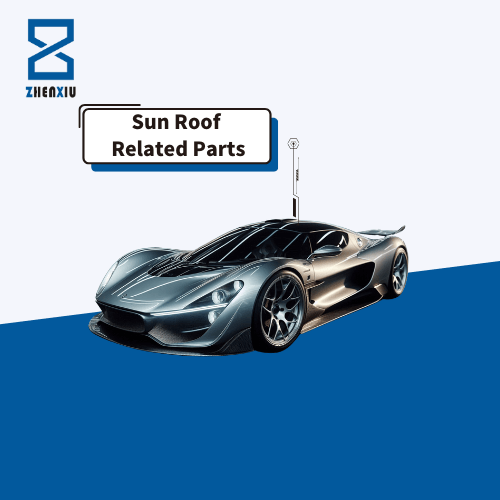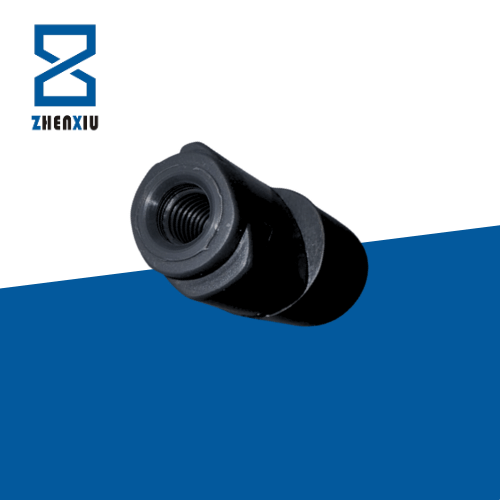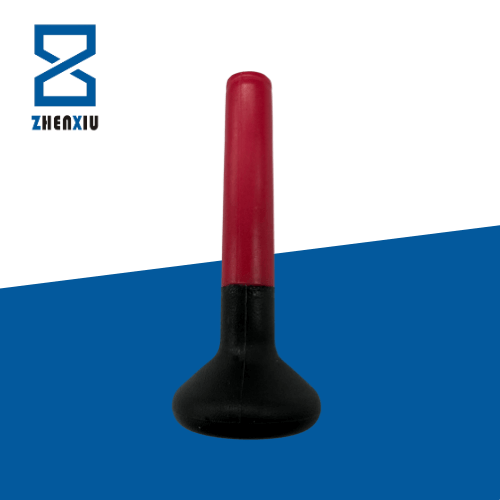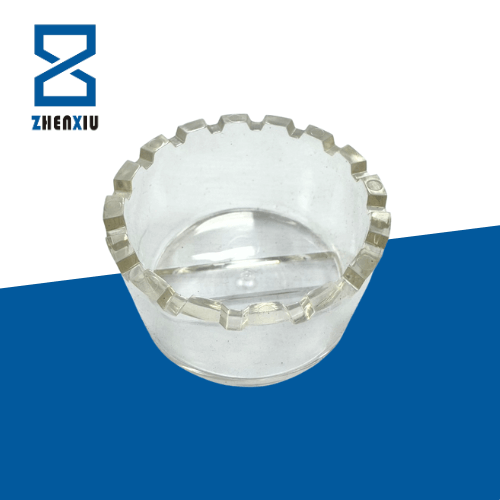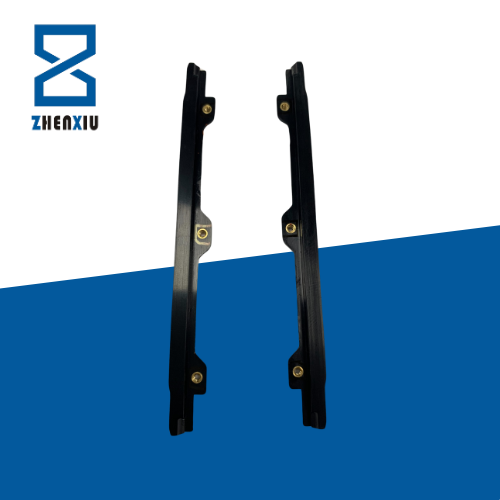
- Fixation & Guiding Function – Ensures precise component installation and stable operation within the equipment.
- Brass Insert Molding – Enhances screw retention strength and improves durability and vibration resistance with embedded brass inserts.
- Lightweight Design – Combines plastic encapsulation with metal inserts, reducing weight while maintaining structural rigidity.
- Application Fields – Commonly used in automation machinery, electronic device brackets, guide rail fixtures, and industrial equipment components.
Insert Injection Molding Technology is a manufacturing process that integrates pre-placed components, such as metal inserts, electronic parts, or other materials, into a plastic injection mold. During molding, molten plastic encapsulates the insert, creating a single, durable, and high-precision component.
This technology enhances product strength, reduces assembly costs, and improves reliability, making it widely used in automotive, electronics, medical devices, and consumer products. By ensuring strong adhesion between plastic and inserted components, insert injection molding enables lightweight designs, enhanced durability, and improved performance in various applications.
Key Advantages:
- Seamless integration of metal and plastic components
- Higher product strength and durability
- Cost-efficient by reducing assembly steps
- Customizable for complex geometries
- Enhanced precision and consistency
Common Applications:
✔ Automotive Parts – Armrest trim panels, dashboard components, connectors
✔ Electronic Components – Connectors, circuit boards, protective casings
✔ Medical Devices – Surgical tools, sensor housings, implantable components
✔ Consumer Goods – Power tool grips, ergonomic handles, durable casings

